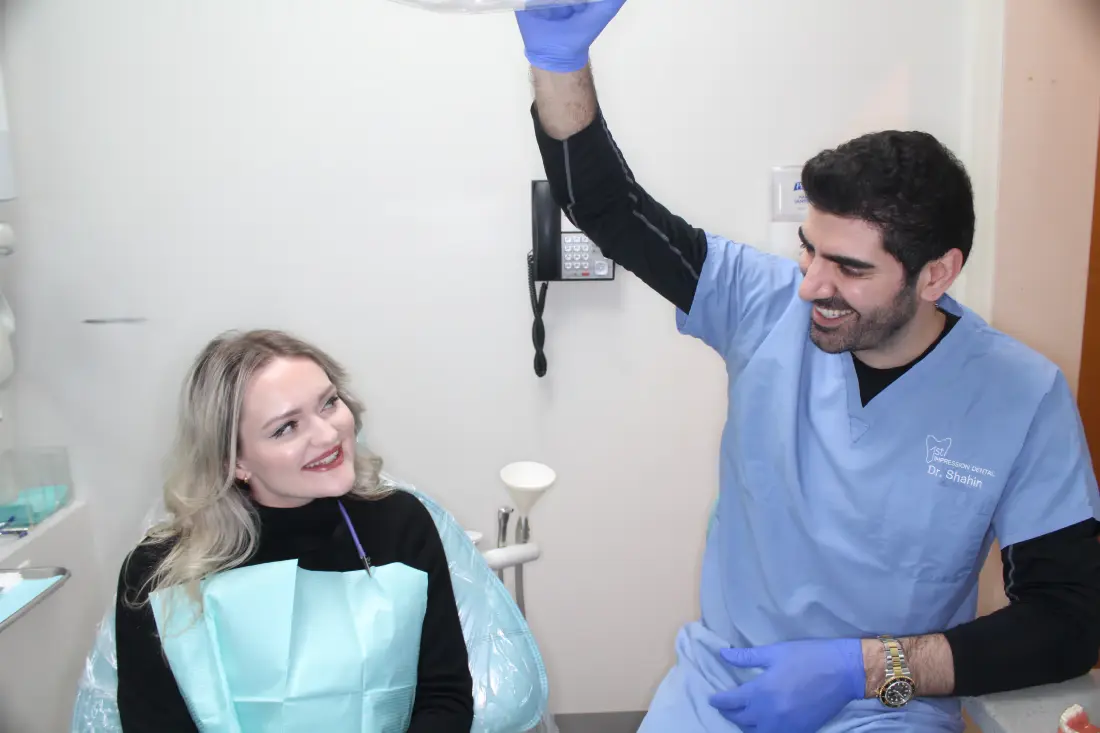Who Can Benefit from Orthodontics?

Orthodontics is the area of dentistry that deals with the prevention, detection, and treatment of malocclusions. Overbite, underbite, overcrowding, and any form of misalignment in the teeth and jaw are categorized as malocclusions and can occur in people of all ages. Although orthodontics was originally aimed at children and adolescents, adults make up nearly a third of today’s orthodontic patients.
Malocclusions are serious dental conditions that can negatively affect a person’s chewing ability, clarity of speech, and facial symmetry. Severe malocclusions can also lead to periodontal disease, TMJ, digestive difficulties, and tooth caries (cavities).
If you are suffering from malocclusion, visit the orthodontist as soon as possible. Orthodontists are specially trained dentists skilled at correcting these problems, restoring functionality and health to the oral cavity, and giving the smile a beautiful appearance.
What kinds of problems do orthodontists treat?
Orthodontists can treat a variety of dental issues ranging from the correction of one tooth to the realignment of the entire smile. They can work alone or alongside cosmetic or maxillofacial surgeons depending on the procedure.
Genetic factors and developmental delays often play a part in malocclusion. Trauma to the mouth or jaw area may also be a factor.
The most common dental irregularities orthodontists treat are:
- Overbite – When the upper jaw (maxilla) protrudes past the lower jaw (mandible). This gives the patient a “toothy” appearance and a receded chin.
- Underbite – When the lower jaw protrudes past the upper jaw. This is also called a negative underget. Underbites make the chin look especially prominent.
- Overcrowding – When the jaw or teeth have grown in a way that leaves insufficient space for all adult teeth to fit naturally. Overcrowding can lead to rotated, displaced, or completely misaligned teeth.
What are orthodontic treatments like?
Orthodontic treatment always starts with a thorough examination of the teeth and jaw. The orthodontist may use panoramic X-rays and study models (bite impressions) of the teeth to get a better understanding of the state of the patient’s mouth. Once a diagnosis has been made, the orthodontist can choose from a wide array of orthodontic devices to correct the issue.
The most common device is fixed dental braces. These are made up of metal or ceramic brackets which are affixed to each tooth, and an archwire that connects the brackets. The orthodontist adjusts the wire throughout the treatment to gently move the teeth into alignment.
Removable devices are also very common tools for orthodontists. These include headgear (a metal wire device that attaches to customized braces), retainers, palate expanders (to combat overcrowding), tooth movers, and Invisalign® aligners (a nearly invisible alternative to traditional braces). Faceguards may also be used for correcting developmental delays in the upper and lower jaws.
The treatment option the orthodontist chooses will depend on the patient’s individual case, medical history, and age, and will leave them with a healthier, more beautiful smile.
If you have any questions or concerns about orthodontic treatments or how they can benefit you, please contact Brooklyn Dental Spa in Brooklyn, NY.